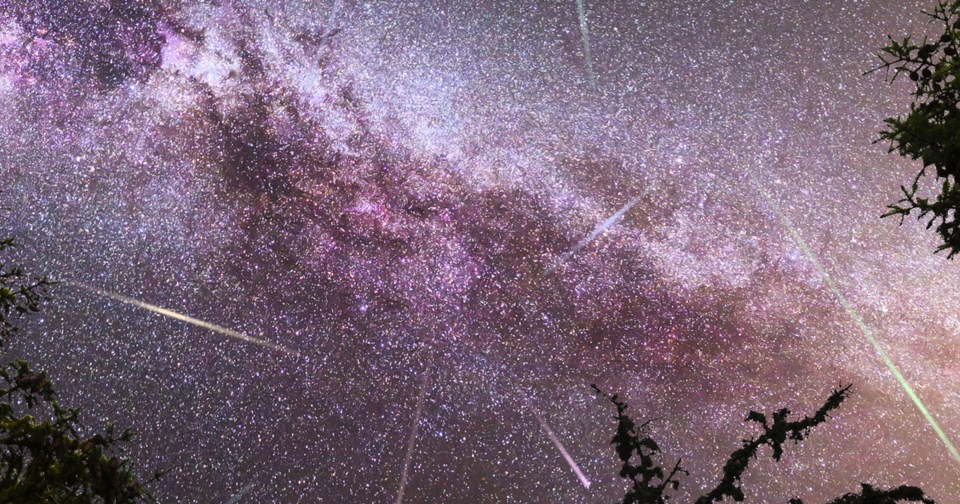Stargazers, rejoice!
Saskatchewan residents will have the chance to view two meteor showers this October. However, the first won’t be much of a show.
The first of the two showers, the Draconid meteor shower, peaks on Oct. 8. According to , the shower usually only produces a few meteors per hour, but this year is an “outbust.” And while the shower, “could reach rates as high as 40-50 per hour, a full moon will wash out all but the brightest.”
Luckily, the Orionid meteor shower, set to peak on the night of Oct. 21 – 22, will be visible anywhere from earth and can be seen anywhere across the sky. Further, Orionid meteors fly each year between about Oct. 2 to Nov. 7, so the days leading up to the peak and after will offer viable viewing opportunities.
The particles in the Orionid shower are associated with Halley’s Comet. According to , stargazers may find the shape of Orion the Hunter to locate the shower’s point of origin, “near Orion’s sword, slightly north of his left shoulder.”
If you find the shape of Orion the Hunter, the meteor shower’s radiant (or point of origin) will be near Orion’s sword, slightly north of his left shoulder. However, they advise stargazers not to stare straight at that spot because meteors close to it have short tails and are harder to see. As such, you may want to look away from the constellation entirely.
notes that the Orionids are exceptionally fast and that this shower may be on the faint side. However, they add that, “maybe half of the Orionid meteors leave persistent trains, or ionized gas trails that last for a few seconds after the meteor itself has gone.”
Stargazers should opt to travel as far away from city lights as possible in order to avoid light pollution that will obscure the clarity of heavenly bodies. While this works best in more remote places, anywhere that has a higher elevation will also provide more ideal viewing conditions.




